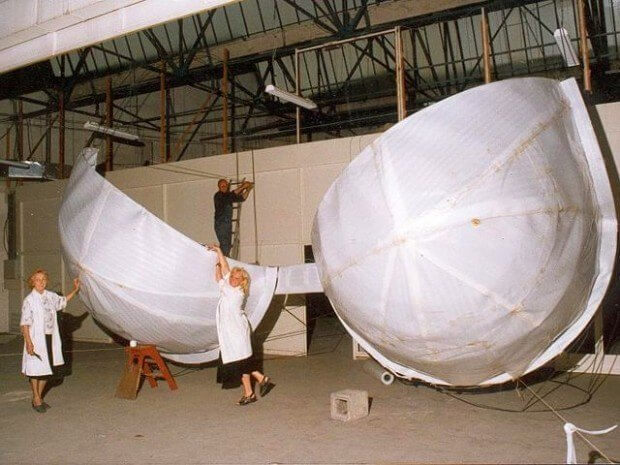
We all have our fit challenges. For the longest time, as an undiagnosed celiac, one of my challenges was finding well-fitting bras and tops for a very small bust. Finding a 28 band size on the rack that isn’t a training bra was pretty much impossible for the longest time. So, I lived in 32B bras that I was SWIMMING in. Being tall basically ensured I lived in stretch material, because very small sizes did not fit me lengthwise, and tops that were long enough, did not give me a flattering fit. After getting a diagnosis, healing, and gaining very necessary weight, that challenge is now fitting a 28E bra. (Sidebar: Please see the “A Bra That Fits” bra size calculator, as most women are walking around in the wrong size bra! https://www.abrathatfits.org/calculator.php). Wearing an XS top, with an extra *not* small chest is a major fit obstacle. There are many variations on this theme. I have a best friend who is a 32i. She has had nothing but difficulty finding clothes that fit properly, and to this very day, lives almost exclusively in stretchy spaghetti strap tops (despite my offers to fit and clothe her!)
I am a bit of an evangelist for well-fitting bras, but also well fitting clothes, in general. I don’t think anyone should have to limit the possibilities of what they wear due to body shape. Sewing can easily change all of that, but you have to learn some basic fitting techniques to make it happen. Today, the fitting technique in question, is centered around “the ladies”, and bending cloth to their will.
We will go over two techniques today. First is the FBA, or full bust adjustment, and the SBA Small Bust Adjustment). Both are done flat (meaning, on a flat piece of paper), but if you have a reliable dressform that fits your measurements properly, you can pin the toile on and pinch fabric together, or slash and spread it. You can also drape things directly on it, but that is a lesson for another time!
So, without anymore hyping it up, here are the instructions for both processes. I will be posting a video soon.
Full Bust Adjustment (FBA):
- Determine how much to adjust: Measure your high bust (around the fullest part of your bust, above the bust apex) and your full bust (around the fullest part of your bust). Subtract your high bust measurement from your full bust measurement. The difference is the amount of the FBA you need to make.
- Make a copy of the front bodice pattern piece: Trace the front bodice pattern piece onto a new sheet of paper.
- Mark the bust apex: Locate your bust apex by measuring from your shoulder down to the nipple, and mark this point on the pattern.
- Draw a line from the bust apex to the side seam: Draw a straight line from the bust apex to the side seam of the pattern, making sure it’s perpendicular to the grain line.
- Cut along the line: Cut along the line from the side seam to the bust apex, being careful not to cut through the apex.
- Create a hinge: Leave a small uncut piece at the apex to create a hinge that will allow you to pivot the pattern piece.
- Spread the pattern: Place a piece of paper behind the pattern and spread the cut sections apart by the amount of the FBA needed. Pivot the apex along the hinge to keep the pattern aligned.
- Adjust the side seam: The side seam will now be too long. Draw a straight line from the bottom of the original side seam to the end of the new line created by the FBA. Cut along this line and remove the excess paper.
- Redraw the armhole and neckline: Redraw the armhole and neckline to smooth out any jagged edges.
Small Bust Adjustment (SBA):
- Determine how much to adjust: Measure your high bust and full bust, and subtract your high bust from your full bust. The difference is the amount of the SBA you need to make.
- Make a copy of the front bodice pattern piece: Trace the front bodice pattern piece onto a new sheet of paper.
- Mark the bust apex: Locate your bust apex by measuring from your shoulder down to the nipple, and mark this point on the pattern.
- Draw a line from the bust apex to the side seam: Draw a straight line from the bust apex to the side seam of the pattern, making sure it’s perpendicular to the grain line.
- Cut along the line: Cut along the line from the side seam to the bust apex, being careful not to cut through the apex.
- Create a hinge: Leave a small uncut piece at the apex to create a hinge that will allow you to pivot the pattern piece.
- Overlap the pattern: Place a piece of paper behind the pattern and overlap the cut sections by the amount of the SBA needed. Pivot the apex along the hinge to keep the pattern aligned.
- Adjust the side seam: The side seam will now be too short. Draw a straight line from the bottom of the original side seam to the end of the new line created by the SBA. Cut along this line and add a piece of paper to extend the side seam.
- Redraw the armhole and neckline: Redraw the armhole and neckline to smooth out any jagged edges.

Leave a Reply
You must be logged in to post a comment.